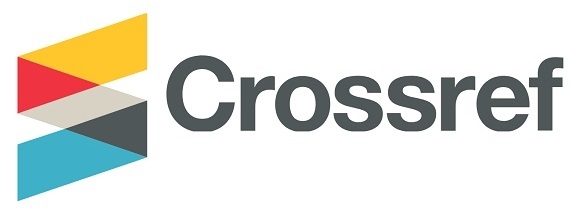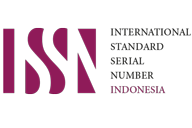UTILIZATION OF WOOD WASTE, WATER HYACINTH AND RATTAN TO INCREASE COMMUNITY INCOME, WARU VILLAGE
DOI:
https://doi.org/10.36277/jamie.v1i2.31Keywords:
Increase community income, waste, creativityAbstract
Community service is carried out with a background as a mentoring in empowering the residents of Waru Village to play an active role in utilizing wood waste, rattan, and water hyacinth as quality and competitive raw materials for furniture and handicrafts. This activity also helped increase the income of the community in Waru Sub-District, Waru District, PPU Regency. The goal is realized by providing skills to residents to utilize wood waste, rattan, banana gedebogs to become raw materials for furniture and handicrafts. This activity was carried out using the method of lecture, discussion, demonstration, and direct practice. The lecture method is used in the process of delivering training material, besides that, it is also used in providing counseling to residents that a lot of waste can be used as useful items so that it can increase people's income. The discussion method is used as a medium of communication when the training takes place so that two-way communication between the speaker and citizens. Demonstration methods are used in the process of providing examples in each training session, so as to provide convenience to citizens in understanding the material presented. The direct practice method is used to apply the material that has been received which of course is all in the guidance of the speaker. The observation method is carried out to observe the ability of residents who follow both during training and after training. The results of this activity (1) have been assisted with the construction of workshops with first processing machines and propulsion machines as well as for lighting. (2) training in making furniture raw materials while producing furniture and handicrafts (3) providing knowledge to citizens to be able to be creative and entrepreneurial in order to increase income.
Downloads
References
Gondok, K. K. (2015). Proses Pengelolaan Enceng Gondok Menjadi Kreaasi Seni Bernilai Tinggi . Salatiga: http://www.kerajinanambarawa.com/2015/07/proses-pengelolaan-eceng-gondok-menjadi.htm.
Hendro. (2011). Dasar Dasar Kewirausahaan. Jakarta: Erlangga.
Hadiyatno, D., Ernayani, R., & Indriastuty, N. (2018). MENUMBUHKEMBANGKAN EKONOMI KREATIF DALAM UPAYA MENINGKATKAN WISATA DAERAH DI DESA KEDANG IPIL. Jurnal Abdi Masyarakat Ilmu Ekonomi (JAMIE), 1(01), Pages 6-14. Retrieved from https://jurnal.fem.uniba-bpn.ac.id/index.php/JAMIE/article/view/36
Kasali, R. (2010). Modul Kewirausahaan. Jakarta: Hikmah.
Moorcy, N. H., Hayati, D., & Nurlia, N. (2018). PEMBERDAYAAN PEREMPUAN PADA BIDANG KOPERASI DI KELURAHAN PENAJAM, KECAMATAN PENAJAM, KABUPATEN PENAJAM PASER UTARA. Jurnal Abdi Masyarakat Ilmu Ekonomi (JAMIE), 1(01), Pages 15-21. Retrieved from https://jurnal.fem.uniba-bpn.ac.id/index.php/JAMIE/article/view/38
Pisang, K. D. (2016). Dari Tak Bernilai Menjadi Bermanfaat Ganda. Jogyakarta: http://psmjogja.blogspot.com/2015/12/kerajinan-debog-pisang.html.
Rody, R. (2013). Cara Mengolah dan membuat Kerajinan dari tanaman Enceng Gondok. Jakarta: http://sukacai.blogspot.com/2013/06/cara-mengolah-dan-membuat-kerajinan-dari-tanaman-eceng-gondok.html.
Sudjinan, S., & Juwari, J. (2018). PEMBERDAYAAN POTENSI MASYARAKAT MELALUI PENDAMPINGAN UMKM DAN KOPERASI DI KELURAHAN TELAGA SARI KOTA BALIKPAPAN. Jurnal Abdi Masyarakat Ilmu Ekonomi [J.A.M.I.E.], 1(01), Pages 40-49. Retrieved from http://jurnal.fem.uniba-bpn.ac.id/index.php/JAMIE/article/view/32
Yahya, H. (2010). Wirausaha Bermodal Nol Rupiah. Jakarta: Gramedia.
Zimmerer, T. W. (2012). Pengantar Kewirausahaan dan Manajemen Bisnis Kecil. Jakarta: Prenhallindo.
















